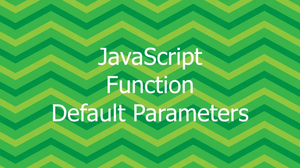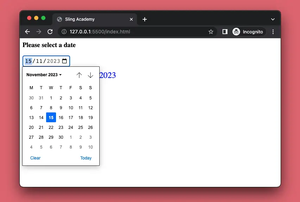In the world of web development, understanding the Document Object Model (DOM) is crucial. A common point of confusion among developers, especially those new to JavaScript, is the distinction between Nodes and Elements. Though seemingly interchangeable, these terms refer to different concepts within the context of the DOM.
Understanding the Basics: Nodes
In the DOM, a Node is a basic unit that represents parts of the document. It can be anything included in a document like an element, attribute, text, etc. Nodes form a tree-like structure, where the entire document is a node and every part of it is also a node.
The JavaScript representation of a node is through the interface called Node. It is an abstract base class that allows specialized node types like Element, Text, and Comment to inherit from it.
// Possible types of nodes
var nodeTypes = {
ELEMENT_NODE: 1,
ATTRIBUTE_NODE: 2,
TEXT_NODE: 3,
COMMENT_NODE: 8,
DOCUMENT_NODE: 9
};
console.log(nodeTypes);
Diving Deeper: Elements
On the other hand, an Element node is a type of node that specifically represents an element from the HTML document. It is one of the most common node types you will interact with. Elements are essentially HTML tags like <div>, <span>, and <a> which allow you to structure your web page as well as style it and capture user interactions.
The Element interface provides methods and properties specific to the element, such as attributes and classes.
// Selecting an element node
var elementNode = document.querySelector('div');
console.log(elementNode.nodeType === Node.ELEMENT_NODE); // true
The distinction is crucial because while all elements are nodes, not all nodes are elements. For example, a text node contains the actual text within an element:
// Creating and selecting a text node
var textNode = document.createTextNode('Hello World');
var element = document.createElement('div');
element.appendChild(textNode);
console.log(textNode.nodeType === Node.TEXT_NODE); // true
Traversing the DOM with Nodes and Elements
When navigating the DOM, JavaScript provides several methods to interact with nodes and elements. Some are designed specifically for elements, while others for any type of node.
Navigating Nodes
Using node-based navigation properties like childNodes, you can access all child nodes, including text nodes:
var parent = document.querySelector('div');
var allChildNodes = parent.childNodes; // Might include text nodes and comment nodes
console.log(allChildNodes);
Navigating Elements
If you only want to target elements, use properties like children or methods like querySelectorAll:
var elementChildren = parent.children;
console.log(elementChildren); // Will contain only element nodes
Understanding these distinctions and navigation strategies is essential in ensuring that your JavaScript code correctly manipulates the DOM.
Practical Applications
Knowing whether to use node or element-based methods directly affects web page interactivity and performance. For example, if you're building a feature that depends on manipulating HTML content dynamically via JavaScript, distinguishing between node types becomes important.
Here is a practical example involving a typical DOM manipulation:
// Manipulating elements and nodes
// Clearing text from a div
var contentDiv = document.querySelector('#content');
// Using node-based property
contentDiv.childNodes.forEach(node => {
if (node.nodeType === Node.TEXT_NODE) {
node.textContent = '';
}
});
// Alternatively, using elements-based navigation would not reach text nodes
contentDiv.children.forEach(child => {
console.log(child.tagName); // Only access to child elements
});
Performed correctly, these techniques result in responsive and dynamic websites. Understanding the distinction between nodes and elements is a key step in mastering DOM manipulation and reinforces robust code architecture.
